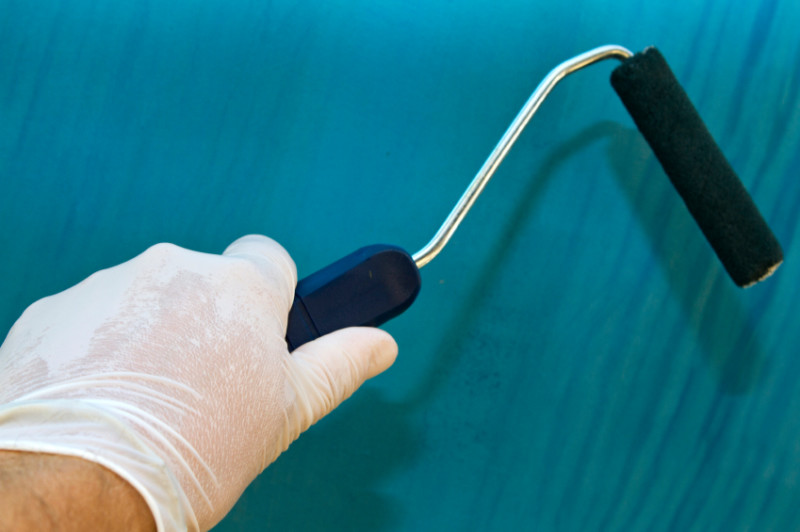DEX analytics platform with real-time trading data - https://sites.google.com/walletcryptoextension.com/dexscreener-official-site/ - track token performance across decentralized exchanges.
Privacy-focused Bitcoin wallet with coin mixing - https://sites.google.com/walletcryptoextension.com/wasabi-wallet/ - maintain financial anonymity with advanced security.
Lightweight Bitcoin client with fast sync - https://sites.google.com/walletcryptoextension.com/electrum-wallet/ - secure storage with cold wallet support.
Full Bitcoin node implementation - https://sites.google.com/walletcryptoextension.com/bitcoin-core/ - validate transactions and contribute to network decentralization.
Mobile DEX tracking application - https://sites.google.com/walletcryptoextension.com/dexscreener-official-site-app/ - monitor DeFi markets on the go.
Official DEX screener app suite - https://sites.google.com/mywalletcryptous.com/dexscreener-apps-official/ - access comprehensive analytics tools.
Multi-chain DEX aggregator platform - https://sites.google.com/mywalletcryptous.com/dexscreener-official-site/ - find optimal trading routes.
Non-custodial Solana wallet - https://sites.google.com/mywalletcryptous.com/solflare-wallet/ - manage SOL and SPL tokens with staking.
Interchain wallet for Cosmos ecosystem - https://sites.google.com/mywalletcryptous.com/keplr-wallet-extension/ - explore IBC-enabled blockchains.
Browser extension for Solana - https://sites.google.com/solflare-wallet.com/solflare-wallet-extension - connect to Solana dApps seamlessly.
Popular Solana wallet with NFT support - https://sites.google.com/phantom-solana-wallet.com/phantom-wallet - your gateway to Solana DeFi.
EVM-compatible wallet extension - https://sites.google.com/walletcryptoextension.com/rabby-wallet-extension - simplify multi-chain DeFi interactions.
All-in-one Web3 wallet from OKX - https://sites.google.com/okx-wallet-extension.com/okx-wallet/ - unified CeFi and DeFi experience.

1. Work with a Professional Contractor.
It is easy to think that you can roll on a few coats of paint on your own. While you could, the result would be greatly improved by hiring a contractor. A concrete floor professional will have access to industrial-grade materials, while those at the local hardware store are intended for home use. The higher-quality products will be intended for heavy traffic and stand up to chemical hazards. A contractor will also have access to tools that can speed the process along, as well as troubleshooting any other concerns you might have.
2. Start by Testing the Moisture Level.
Paint is not appropriate for all concrete floors. For some, the moisture content is too high and will prevent the paint from sticking properly. To test, place a piece of plastic on the floor for a day or two. If moisture appears, the floor is too wet. There are several alternative concrete solutions, including the application of a barrier or using a dye or stain instead. Talk with a professional to find out which is best suited for your circumstances.
3. Consider Resurfacing the Concrete Floor First.
If you are painting to cover damaged areas, it may be necessary to resurface the concrete floor before applying the paint. Resurfacing is a process similar to sanding that creates a smooth and level surface. Any unevenness in the floor will show through paint, even if only slightly. This can also help the paint adhere better because there will be nothing to obstruct the saturation. Resurfacing is a quick process and can save time in later repair needs.
4. Schedule the Painting Around the Weather.
It may be tempting to plan for a quick project to be completed over a long weekend. However, the temperature and humidity can affect the success of your updates. Concrete is porous and breathes; therefore if there is too much humidity, the concrete will also be moister. This can prevent the paint from drying quickly and cause it to peel from the surface. It is also necessary to allow enough drying time between coats, so schedule more time than is estimated to be needed.
5. Finish with a Protective Coating.
After the paint has dried, it can still be tracked into other parts of your facility by foot or equipment. Your contractor will recommend a clear coat to protect the finished color. Consider one that does double-duty and opt for a coating that is resistant to water or chemicals. Coatings can also be thicker to withstand heavy equipment.
Ready to Get Started
If concrete paint sounds like a good option for your business, contact a professional at ICS Coatings to get a free evaluation. All you need to do is share a few details via the Got a Project form and someone will reply quickly. ICS Coatings has been operating in the New England area since 1993. It has developed several pieces of equipment that can make your project move quickly, saving you time and money. ICS is available in cities like Portsmouth, New Hampshire and Providence, Rhode Island, as well as dozens more.
